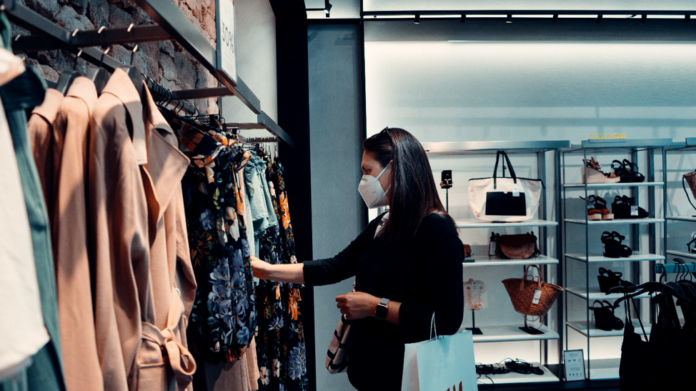How has the workplace changed as a result of the pandemic?
Where do we start?
It’s no secret that COVID-19 has hit both the economy and general society in ways that we could never imagine. If you’re someone that works in an office, commercial or corporate environment, without a doubt, you’ve been impacted by the pandemic in one way or another. While remote working has been the biggest adjustment for most workplaces, within this article, we’ll discuss some of the other ways that workplaces have changed forever as a result of the global pandemic.
- Adapted Workplaces
If you’ve gone back to the office, you’re one of the few that haven’t had to continue working remotely because of their city’s restrictions. Going back to the office is huge in itself, however, it’s become clear that the sentiment is very different to what it would have meant back in early 2020. Workplaces have had to change dramatically to encourage social distancing, reduced spread of germs and seclusion between employees. Think products like germ screens, Autex acoustic panels, and hand sanitiser dispensers at entry and exit points.
- Individual Employee Flexibility
And if you’re one of the many employees still working from home, obviously you’re naturally facing some dramatic changes to work too! Other than the fact that you’re likely working from a make-shift office on your dining room table, a huge way in that your working environment has changed is that you’re facing a new level of flexibility. Whether that means having your children scream in the background of a Zoom call or being able to work the hours that suit you and your productivity levels, it’s clear that individual employee flexibility is a huge element of how we work today and how we will continue to operate.
- Balance
Coming out of 2020, more employees are focused on balance. We’ve all been reminded by what’s important to us, including our health, family, individual needs, and work. Workplaces are having to now accommodate for these feelings and provide a level of employee support to provide balance. This may mean more mental health support, more benefits or more flexibility in work/life.






